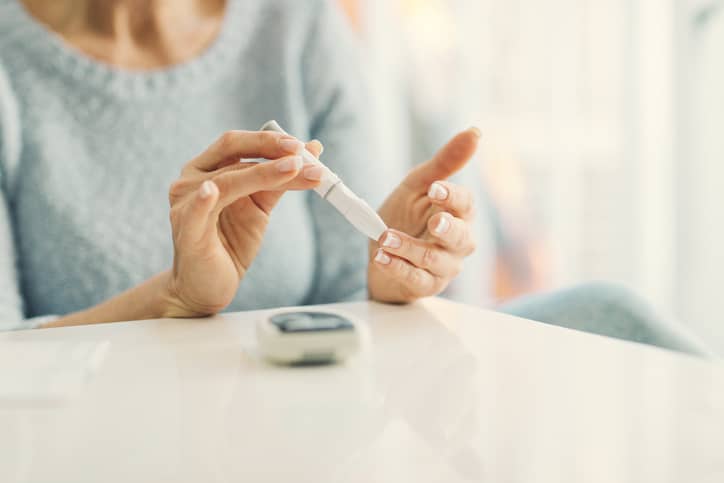A recent study has unveiled the presence of neurons in the brain that detect and respond to fluctuations in blood sugar levels. This discovery has significant implications as understanding the functioning of the blood sugar detection system. The underlying neurocircuits could provide valuable insights for researchers and medical professionals in comprehending how our brains regulate blood sugar.
Moreover, it may open avenues for targeted therapeutic approaches to address metabolic disorders like diabetes and obesity, according to the researchers behind the study.
The findings were published in Diabetes, a research journal of the American Diabetes Association.
Sugar in the bloodstream
Dr. Michael Schwartz, an endocrinologist from the University of Washington School of Medicine and co-director of the UW Medicine Diabetes Institute, explained, “We’ve long known that many neurons can detect sugar locally within the brain. However, what’s novel is the evidence showing that a specific group of neurons situated in the hypothalamus can sense and respond to sugar in the bloodstream itself, similar to the cells in the pancreas that secrete insulin.”
During the study, scientists were able to monitor blood sugar levels and the activity of neurons in the hypothalamus of conscious mice in real-time. They observed that when blood sugar levels increased, the activity of this particular group of neurons decreased rapidly.
This sensory information was then transmitted to one or more neurocircuits that collaborate with the pancreas. The pancreas organ is responsible for producing insulin, to regulate blood sugar levels.
Sugar’s effect on the brain
From a clinical perspective, this discovery bears significance. When treating patients with diabetes, healthcare providers often notice that the patients’ bodies actively maintain elevated blood sugar levels, presumptively because the brain perceives it to be the appropriate level.
Dr. Schwartz explained, “For instance, if a normal blood sugar level is 100, a patient with diabetes may have a blood sugar level above 300. If it remains at that elevated level for days or weeks, and if you suddenly lower it back to 100, the brain will perceive it as too low and will attempt to increase blood sugar levels again.”
The implication of impaired blood sugar sensing ability in diabetes suggests that in the future, rectifying this type of sensing defect may enable the brain to regulate blood sugar more appropriately, added Schwartz.
Further research published in the Lancet, found that 529 million people had diabetes in 2021. The figure is expected to climb from 6 percent of the world’s population to nearly 10 percent by 2050. The study’s findings are based on the analysis of data from more than 27,000 sources in 204 countries and territories.
What can you do to minimise risk of diabetes?
Scientists found that after six months, patients who followed a low-carb diet containing less than 26 per cent of daily calories from carbohydrates achieved greater rates of type 2 diabetes remission than those who followed other diets traditionally recommended for managing the disease.







